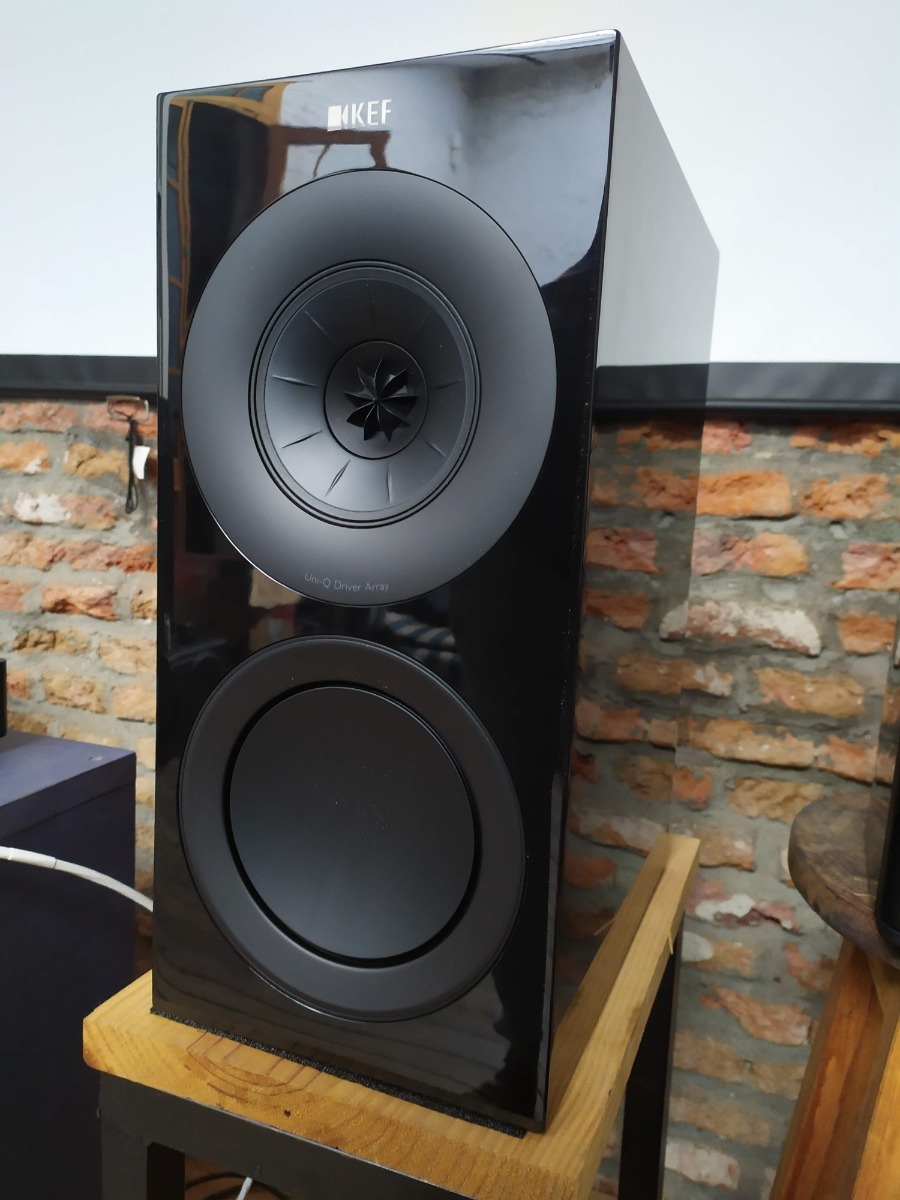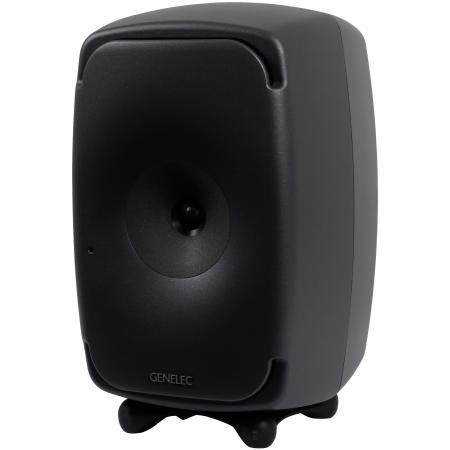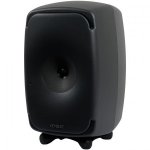If the contraption in from of the woofer has a positive impact on said woofer, why don't we see woofers with said contraption but without a tweeter?
//
JBL did some models with woofer-covering "lenses" recently, and the Karlson is a well known woofer-covering design.
I'm not saying it's the right thing for the woofer, but perhaps using a concentric horn that occludes the woofer is a possible improvement over slots/holes in a waveguide surface in a traditional unity/synergy type system.
Something like the example from Genelec John posted here? Link to original post.


It is a 3-way speaker... but pretty good control off axis. Design is in line with this thread, to reduce diffraction.

It is a 3-way speaker... but pretty good control off axis. Design is in line with this thread, to reduce diffraction.
Attachments
Last edited:
JBL did some models with woofer-covering "lenses" recently, and the Karlson is a well known woofer-covering design.
And KEF Concord?
I'm not sure where you get this from. The sound that isn't directed forward is cancelled by the out of phase sound from the back creating a null. The little amount of diffraction caused by the lip of the baffle is also symmetrical on both sides and so would also cancel.
I've been thinking about this - as I said it is a complicated problem. As you say it is a completely anti-symmetric situation. Hence, mathematically it is a rigid piston in a baffle whose boundary condition is a pressure release, P=0. This has to differ from the same piston in an infinite baffle whose boundary condition is V(normal)=0. This difference then has to be the result of the open baffle. To me, that's diffraction.
In my younger days I would have actually done the calculations. Oh whoa is me!
Last edited:
Have you noticed what KEF R series have nowdays?
Shadow Flare
The Shadow Flare is an innovative way to cut harmful high frequency cabinet diffraction. It's a carefully profiled transition that extends the waveguide effect of Uni-Q. The treble escapes naturally because the ‘shadow region’ stops it getting to the cabinet edges. The result is vastly improved fine detail.

Basically it does exactly what a waveguide does except its a "shadow flare" and costs more.
Kef does make a good coaxial, but running a metal cone up as high as they do I'd be weary of metal cone ring.
those big B and C coaxes look nice and they're paper.
For me, the whole thing was a goof, but it worked really well. Literally one of my five best performing projects. (I have so many boxes of discarded waveguides that didn't work, it's embarrassing.)
I think we all have a box or two of discarded projects. they're a great starting point for new projects. One of things newbs just don't get is that its the sound that matters. You can be an engineering genius but if you can't relate what you're hearing to what's going on then you're never gonna design anything great.

It is a 3-way speaker... but pretty good control off axis. Design is in line with this thread, to reduce diffraction.
One way to get rid of diffraction, and also cone resonance and baffle step is putting the drivers facing upward. This is also one of the only ways to deal with early reflections in a small room. That's another hard learned lesson, a small room will DOMINATE the sound, no matter what the speaker is.
Last edited:
- Status
- This old topic is closed. If you want to reopen this topic, contact a moderator using the "Report Post" button.
- Home
- Loudspeakers
- Multi-Way
- Baffle Diffraction
